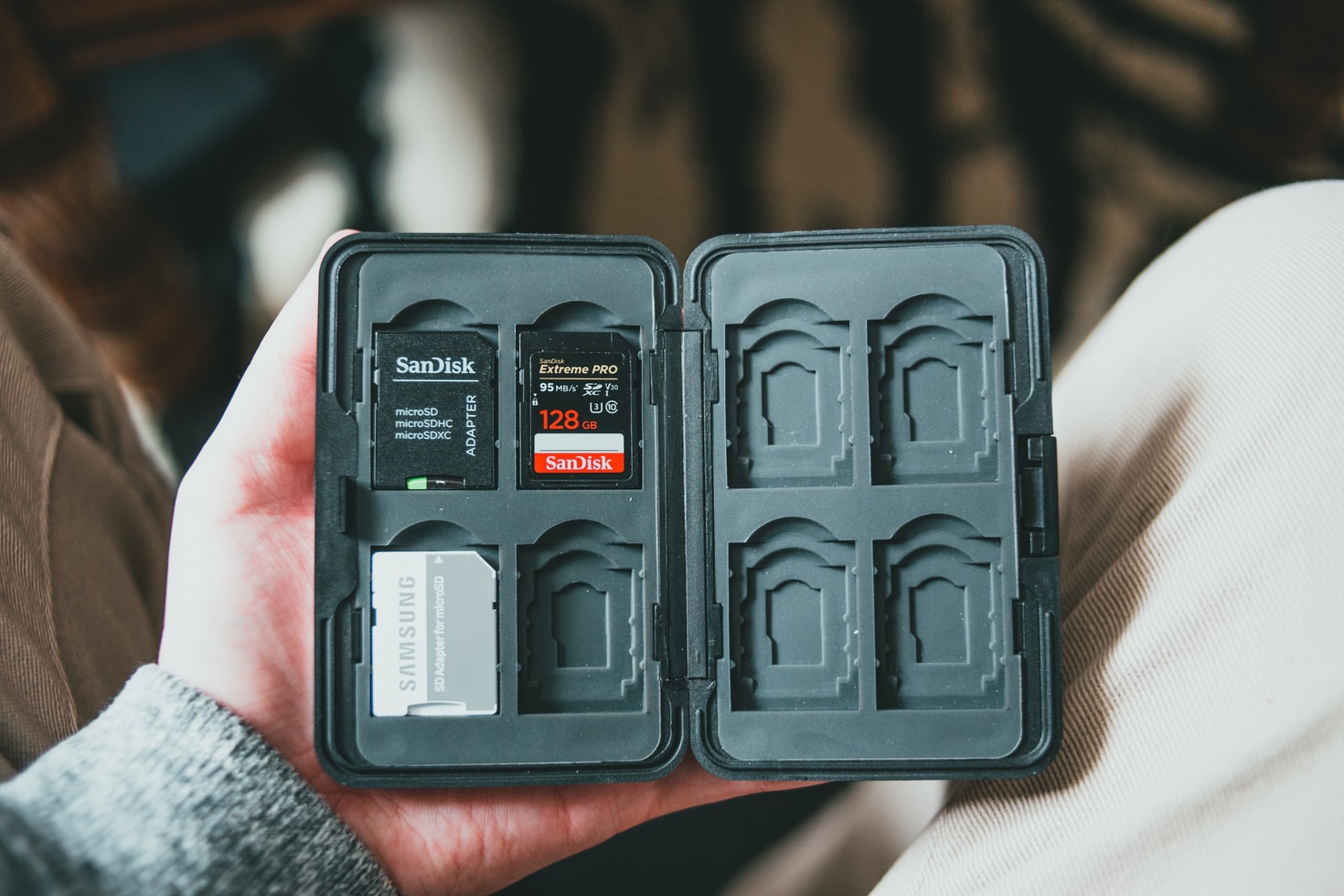It’s relatively easy to find the best storage options for a sports video camera compared to all other digital storage devices. Despite its high-end capabilities, obtaining storage for your video camera’s unique demands is quite simple. After all, there aren’t many variables to make a choice too challenging.
If you’re having difficulty picking the proper storage, especially for your soccer camera in 4K, below are the factors to consider in your search.
For both professionals and consumers, 4K video has four times the pixel resolution of 1080p and is crisper, more detailed, and sharper than HD and Full HD video. It’s also easy to work with during editing, has no effect on image quality after any stabilization, and can capture almost 8MP still shots.
There is one minor drawback to this: while four times the number of pixels equals a fantastic image, it also doubles the amount of storage space. For example, one hour of 1080p digital video requires 23GB of storage, but one hour of 4K video requires 45GB.
There are four factors to consider while shooting a 4K video: card capacity, write speed, data transfer speed, and video speed. Three of them are centered on the same measure. Standard-size SD cards and microSD cards will be discussed in this article.
Card capacity
As you may be aware, recording 4K video results in quite huge files. An hour of 4K video takes up roughly 45GB of storage space. Unless you’re shooting for less than an hour and don’t mind running out of capacity, start with 63GB. Cards with capacities up to 256GB are appropriate for 4K video.
Data Transfer Speed
Your card’s transfer speeds can improve when you use a U3-rated SD card with compatible devices that utilize the UHS bus interface. Most cameras support the UHS bus interface, which is used by UHS memory cards.
UHS-I and UHS-II bus interfaces are offered at two speeds. The UHS-I interface can transport data at up to 104MB/s, while the UHS-II interface can transfer data at 312MB/s. The UHS-I bus interface is compatible with U1 and U3 SD cards, but the Video Speed Class memory cards use the UHS-II.
Video Speed
SD memory cards for 4K video storage should have at least a V30 rating/marking, indicating that their minimum continuous write speed is 30MBs. SD cards with Video Speed Class ratings are designed to record and store 4K or 8K video resolutions.
On the other hand, the UHS-I bus interface can only handle V6 to V30 speed class memory cards, while the UHS-II bus interface can support V6 to V90. The V90 is in UHS-II or faster mode.
Look for UHS-II cards with a V90 rating if you’re seeking the most satisfactory SD card performance for your 4K footage.
If your end zone camera demands faster write speeds when recording in 4K or 8K resolution, these are all excellent alternatives to UHS speed class SD cards. It’s critical to have fast SD cards with the correct write speeds, so consult your device’s owner’s handbook for the necessary specifications for memory card storage.
Write Speed
This is arguably the most important consideration when choosing 4K storage. To keep up with incoming data, your card must have a fast enough write speed. However, there are six distinct speed classifications for SD cards. Only the U3 class can write at the 30MB/s necessary for the 4K video. Select only cards with the U3 designation (The number 3 inside a capital U.)
Choosing a Memory Card for Higher Performance Video Camera
Finding the best memory card for your video camera allows your device to be generally speedier, sturdier, and more dependable. A quality memory card will provide you additional backup options for your work, may you be as a professional or consumer!
Hi Rise Camera offers a first-in-class solution for capturing high-angle and aerial video footage. It’s incredibly versatile and great when you shoot with a sports video camera. Looking for a Micro SD Card & Adapter for your storage needs? Shop with us now!



